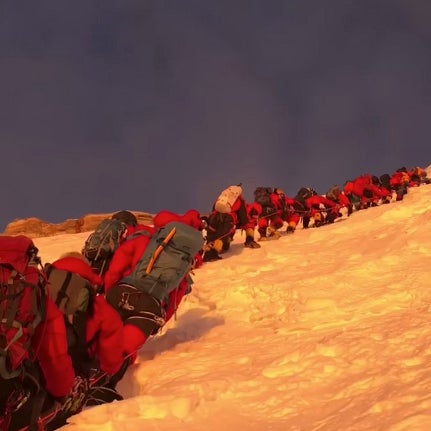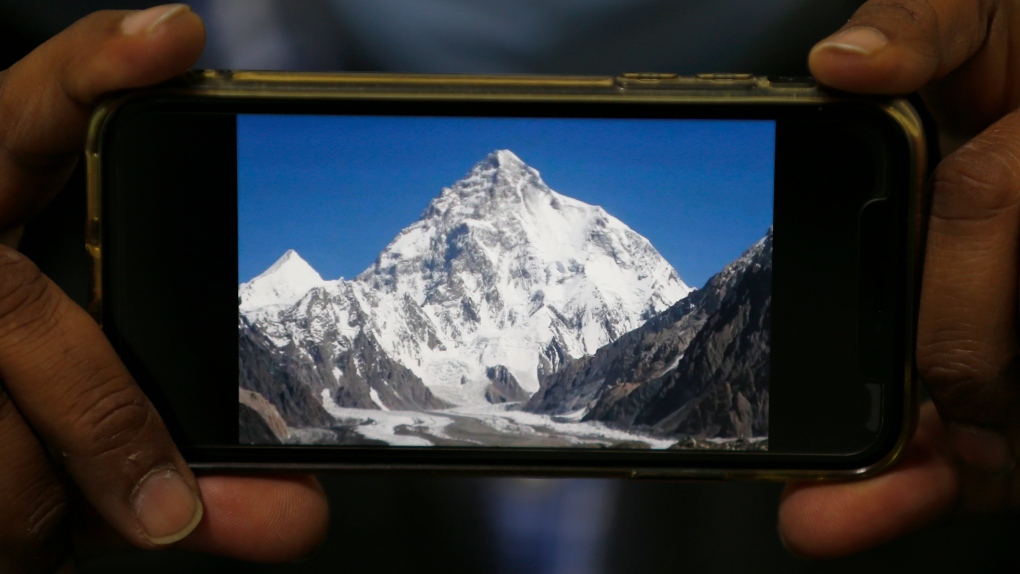
Jaclyn Trop
July 21, 2022·
Ford said Thursday it has shored up its battery supply chain as part of its global strategy to sell more than 2 million EVs annually by 2026.
The automaker, which is investing $50 billion to scale its battery-electric portfolio through 2026, said it plans to boost battery capacity, shorten its supply chain and use lithium iron phosphate (LFP) batteries for some of its EVs. LFP batteries are a less expensive cell chemistry growing in popularity among automakers competing for share in the burgeoning EV segment.
Ford said the moves will help it remain on track to meet its short-term goal of ramping up EV production to 600,000 units by 2023 and 2 million units by 2026. The company said it has sourced 70% of battery capacity to meet its 2026 sales target so far.
Meeting its EV production goals could require about 8,000 job cuts, according to unnamed sources cited by Bloomberg.
Executives did not address layoffs directly during a briefing with analysts and media Thursday but said that speed and agility is crucial for Ford’s battery-electric Model e division. Cutting out bureaucracy means they can close deals in days, rather than months, said Lisa Drake, vice president of EV industrialization at Ford Model e.
“Believe it or not to move fast in this space, smaller is better,” she said. “A smaller team can move faster than a larger team.”
Lithium iron phosphate batteries
Ford said it will begin incorporating LFP batteries into its portfolio while continuing to use the nickel cobalt manganese (NCM) chemistry currently powering its EVs. As the cheaper alternative, LFP presents a potential path for the mass EV market, according to analysts.
CATL, the world’s largest battery supplier, will provide LFP battery packs for Ford Mustang Mach-E SUVs in North America starting next year, followed by F-150 Lightning pickup trucks in early 2024.
LFP batteries provide cost advantages over NCM but are less powerful due to their lower energy density. The chemistry may seem a puzzling choice to underpin two of Ford’s most muscular models, but “these standard-range batteries offer customers many years of operation with minimal loss of range after many charge cycles,” Drake said. “That benefits owners who need to charge often, like our commercial customers.”
Using LFP will help reduce Ford’s reliance on scarce critical minerals such as nickel and cobalt, while trimming 10 to 15% from its battery materials costs, according to Drake.
The company declined to say how many of its EVs will use LFP chemistry but said it has signed non-binding MOUs with lithium suppliers Liontown Resources and Rio Tinto.
Batteries have become VC and PE’s most electric investment opportunity
Battery suppliers
Ford also said it has upped its contracts with NCM battery suppliers in order to meet its late-2023 production target. LG Energy will double its NCM battery capacity to supply Ford’s Mach-E and E-Transit van.
SK On has increased production at its Georgia facility to supply Ford with more NCM cells. It will also supply additional battery packs from its factory in Hungary to power the F-150 Lightning and E-Transit through 2023.
That’s in addition to the deal Ford and SK On closed last week to create an $11.4 billion joint venture to build and operate the Blue Oval City complex in Stanton, Tennessee, and two EV battery plants in Glendale, Kentucky.
Ford also announced Thursday a non-binding agreement with CATL to explore partnering on LFP batteries in Chinese and European markets.
Raw Materials
As Ford scales its EV production, it must reinvent its supply chain by sourcing raw battery materials directly, according to executives.
“Battery cell manufacturing capacity is the foundation of our EV business,” Drake said. “We have direct-sourced our lithium and nickel to scale battery production more quickly and keep the volumes and the cost more stable over time.”
The automaker said Thursday it has sourced most of the nickel it needs through 2026 and it has signed non-binding MOUs with mining partners including Vale Canada, PT Vale Indonesia, Huayou Cobalt and BHP.









